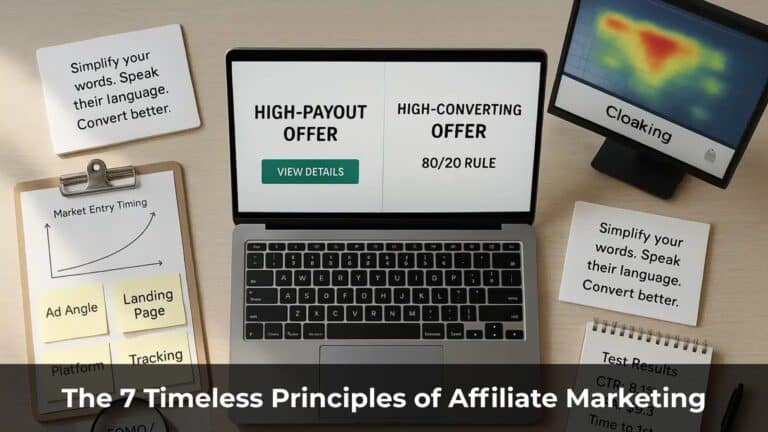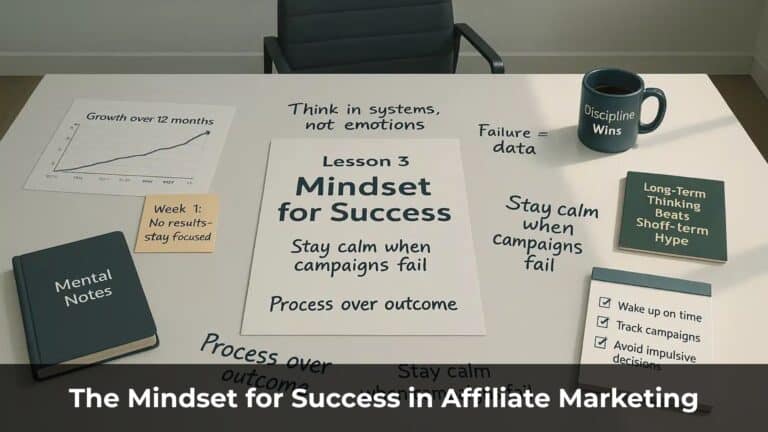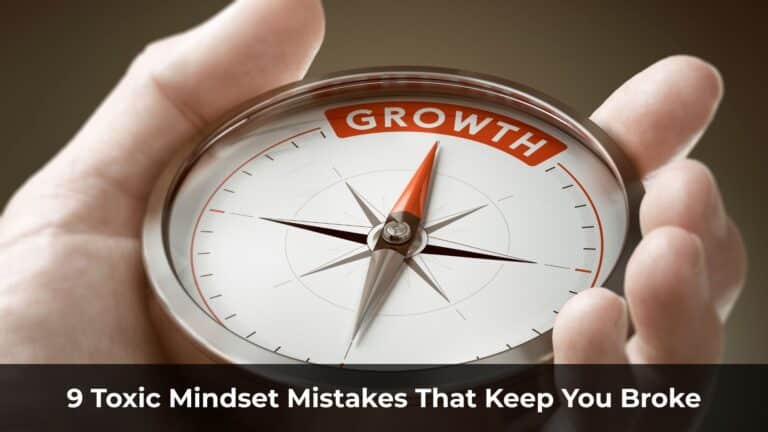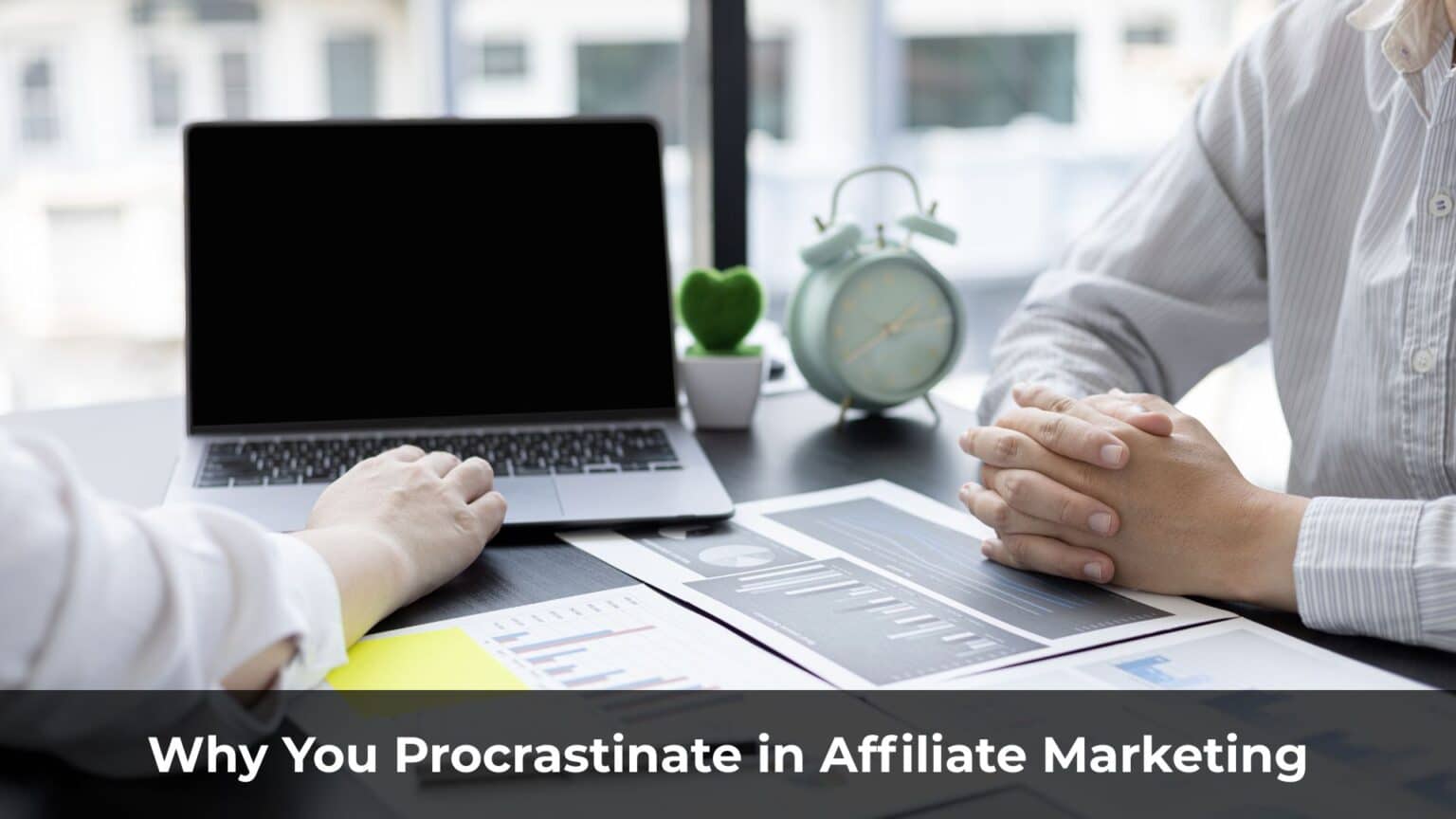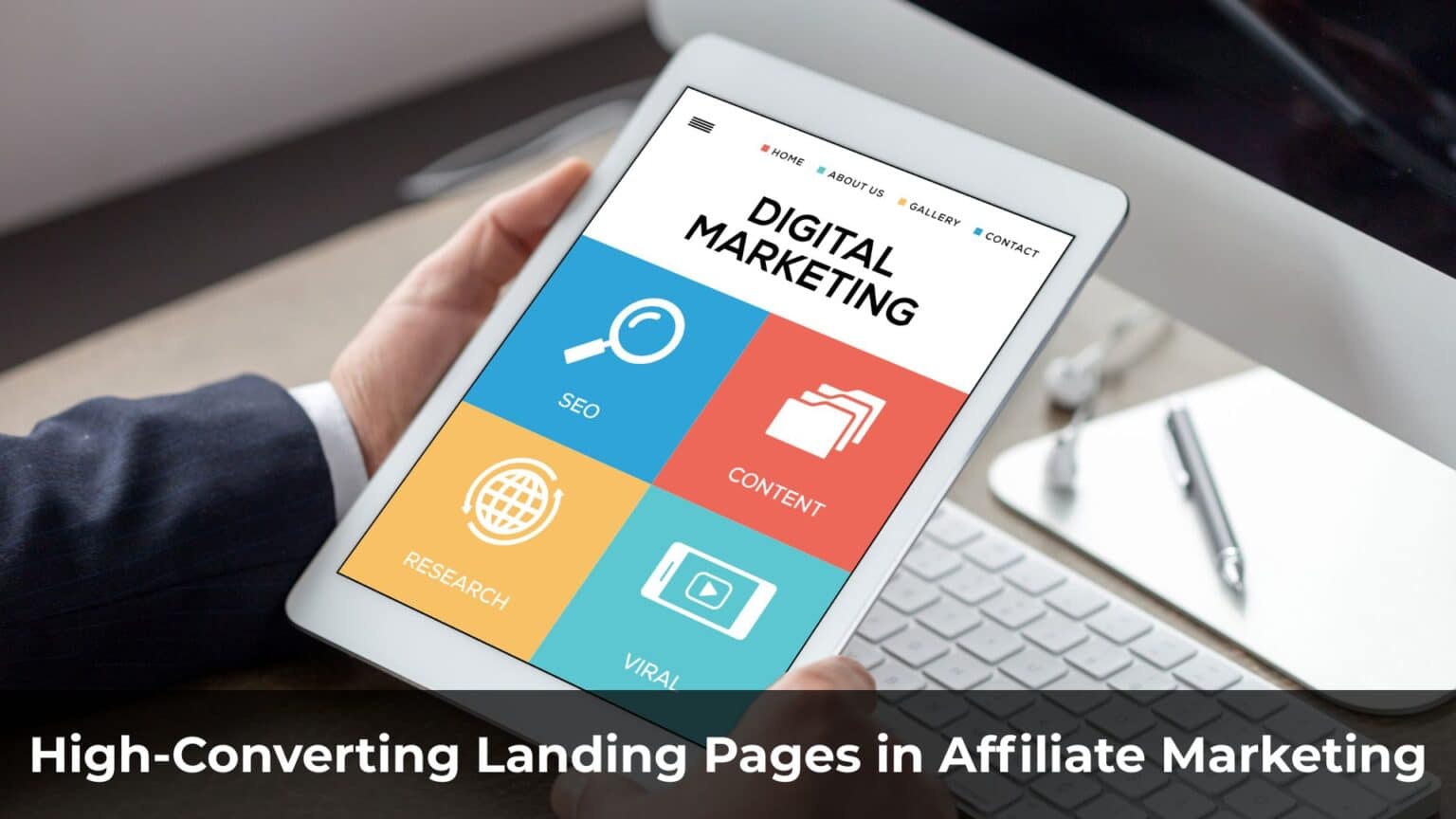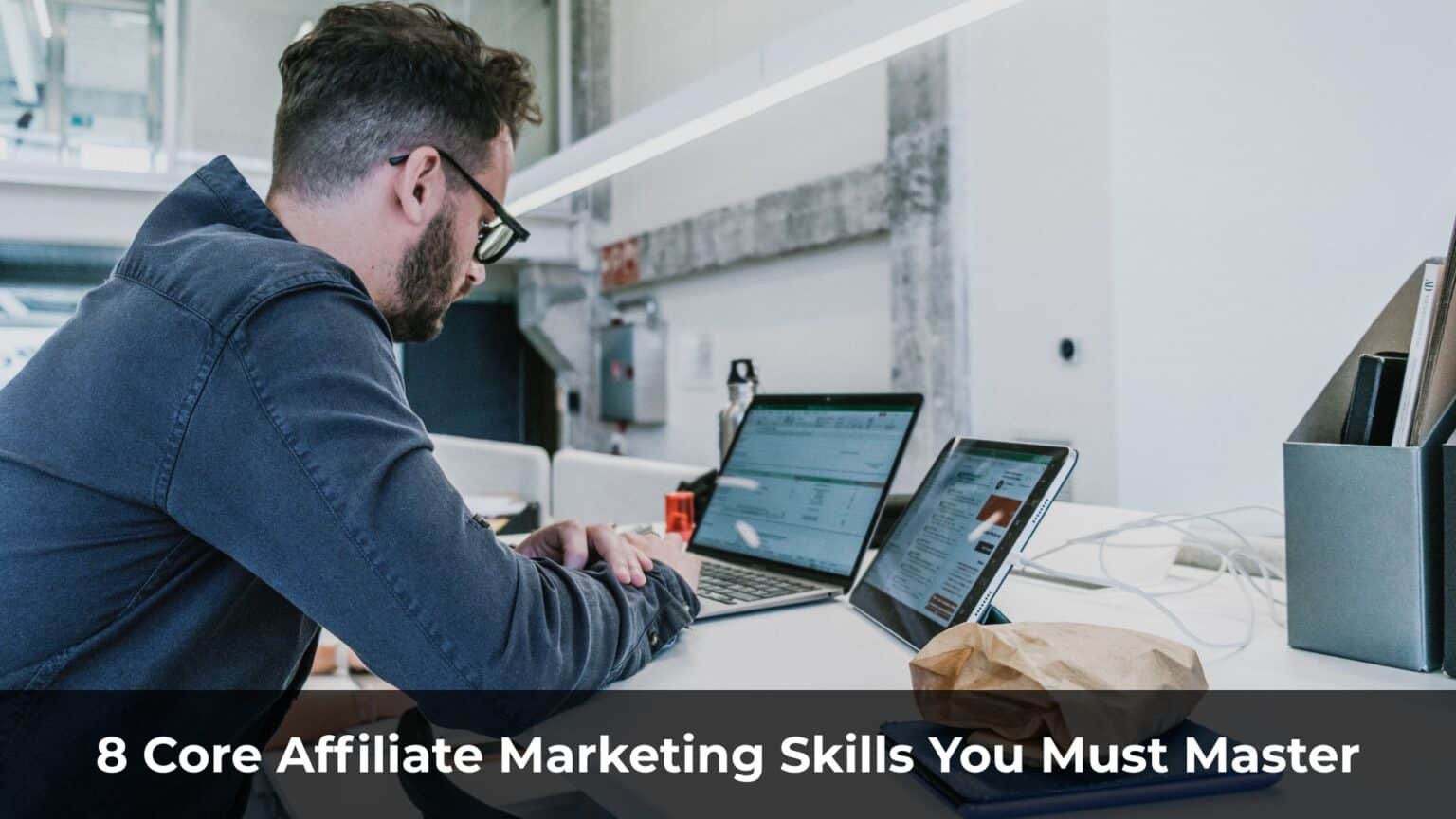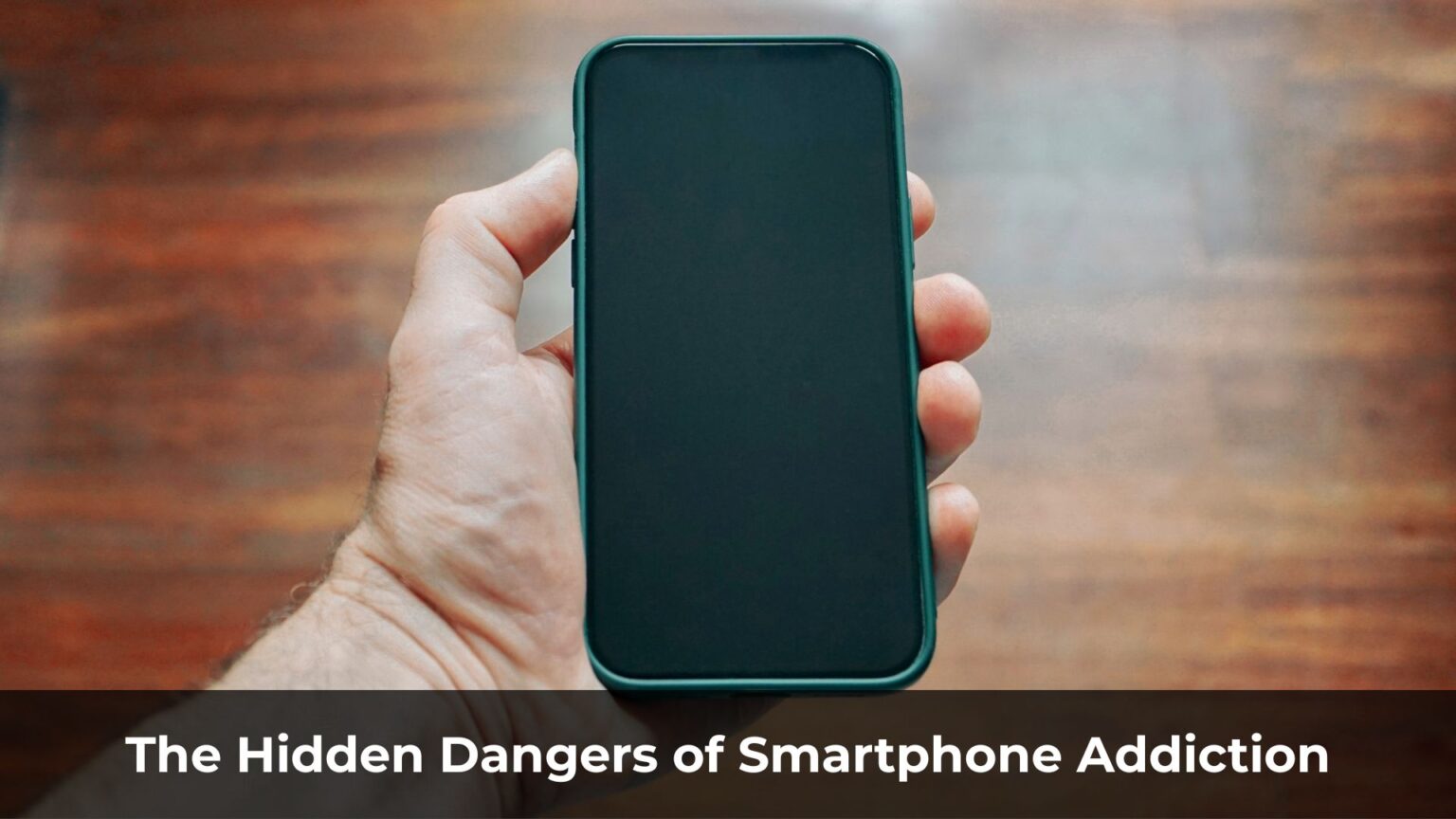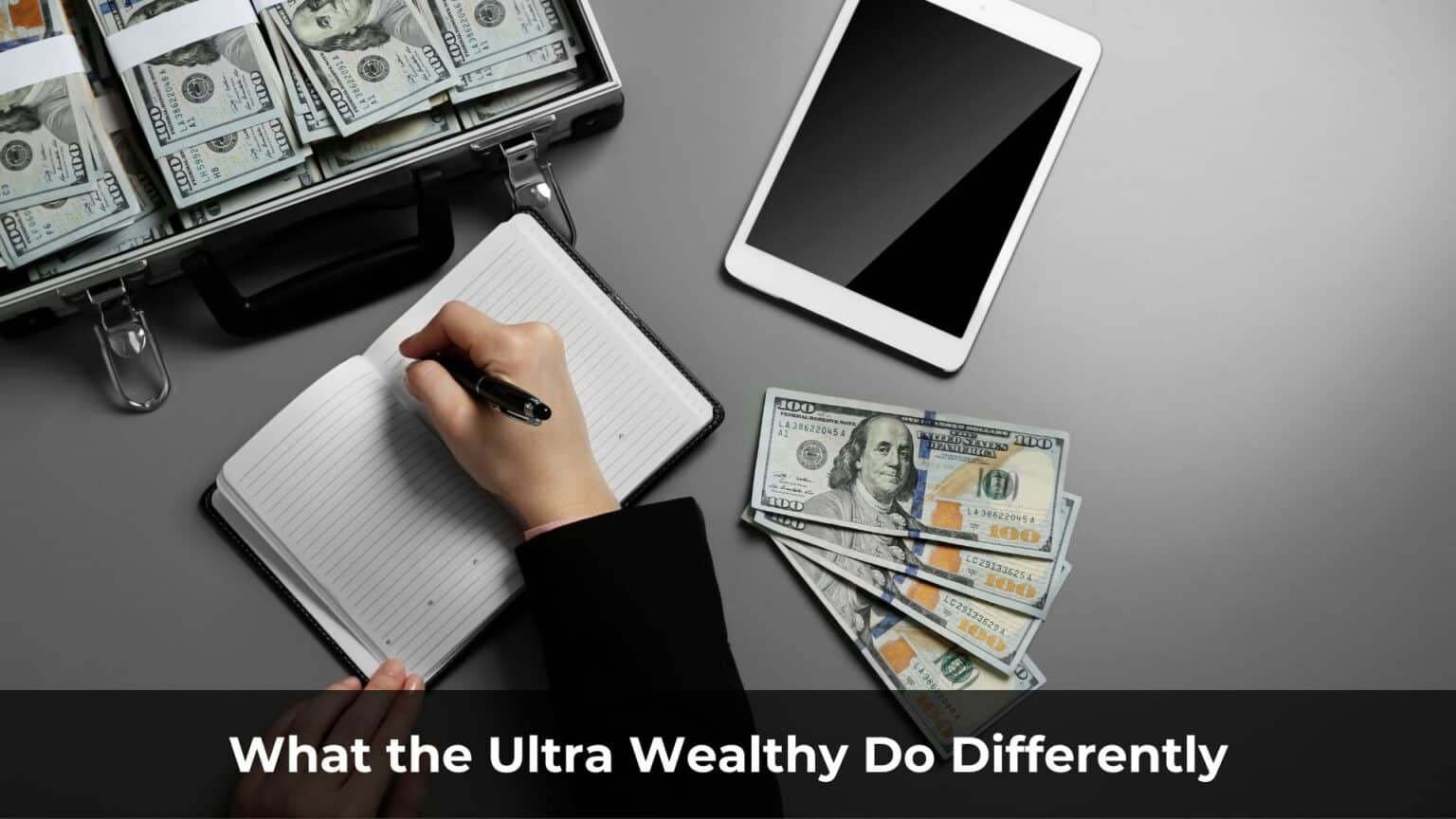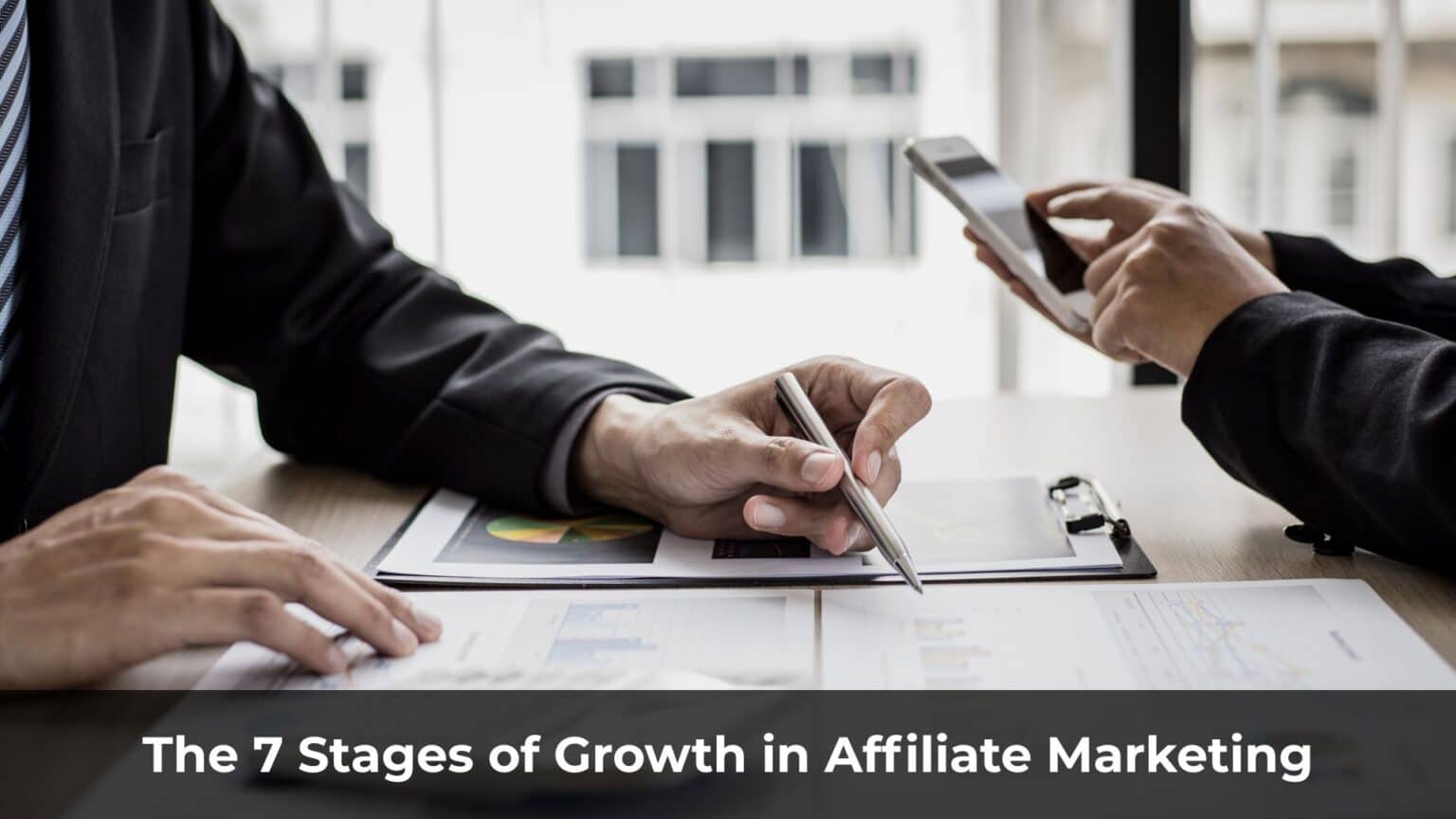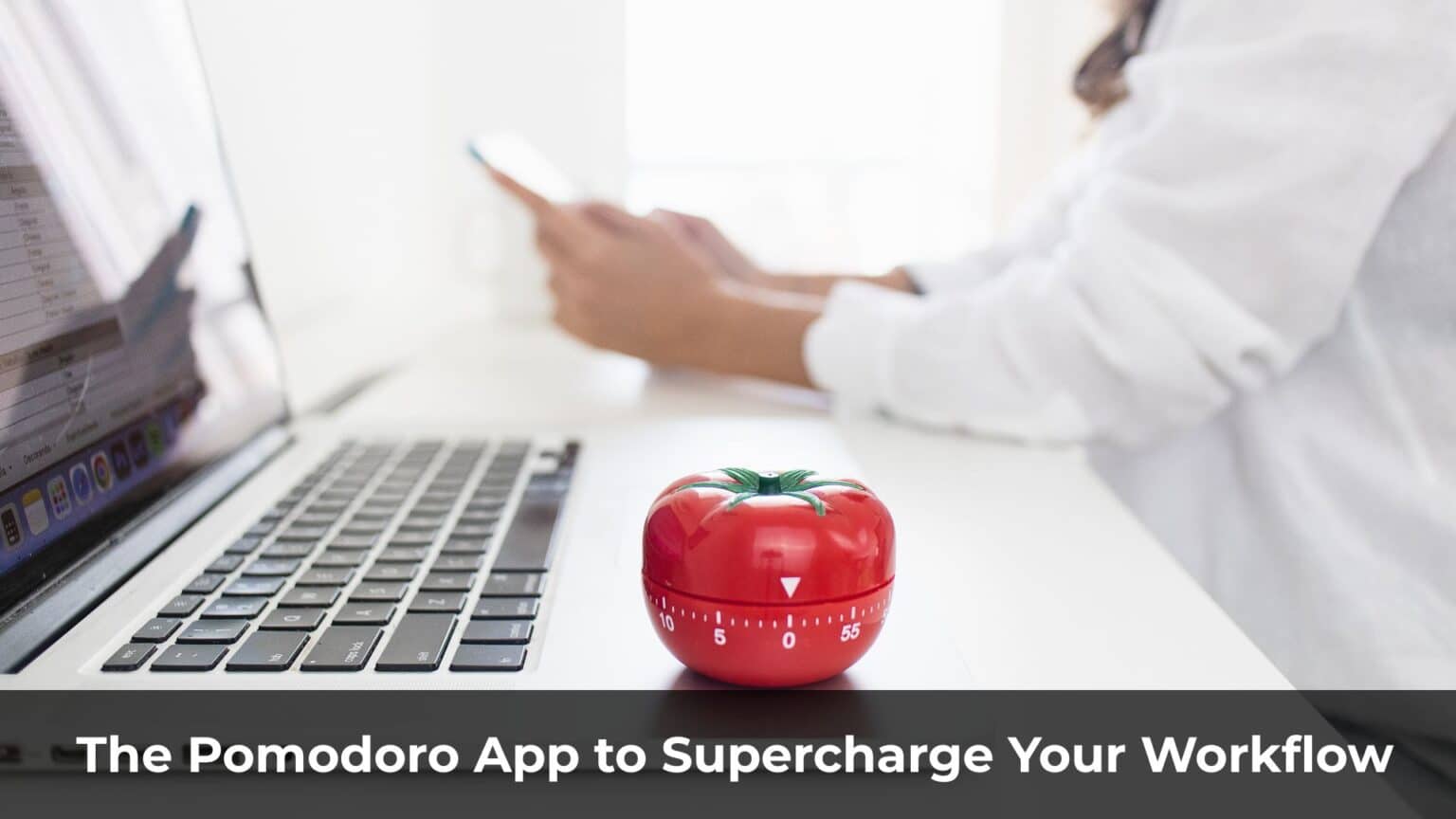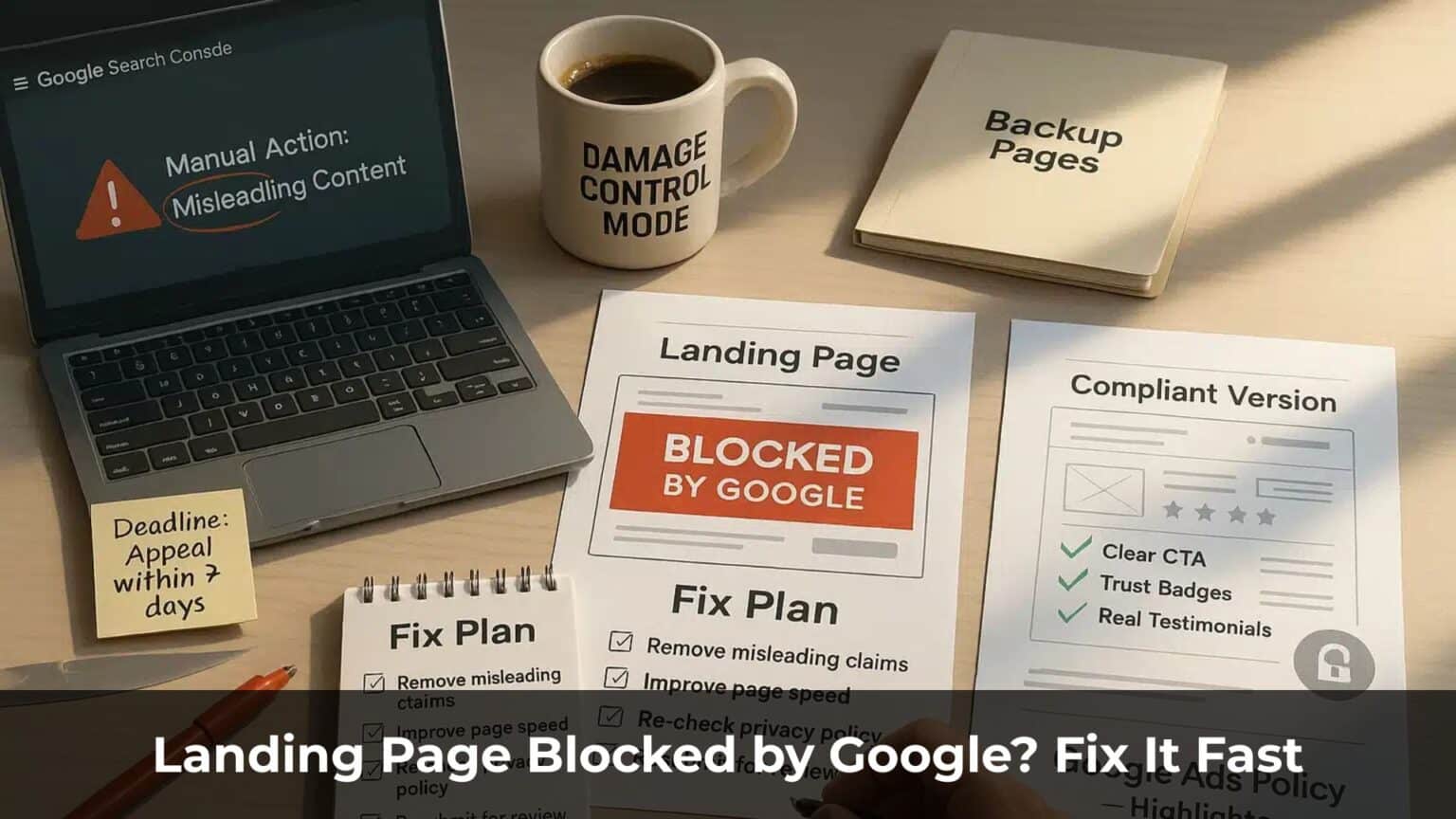When it comes to testing and optimizing a campaign for profitability, things can get a little tricky.
There are hundreds of variables you could test:
- Site IDs
- Headlines
- Offers
- Landing page colors
With so many options, it’s easy to get caught up in the wrong things.
But here’s the catch: not all variables are created equal.
Imagine trying to make a car go faster—and instead of working on the engine, you focus on the weight of the headlights.
You get the point.
If you’re working with a limited budget, you need to prioritize the variables that actually move the needle.
That’s the 80/20 rule. Focus on the few things that drive most of the results.
If you only have $250 to test a campaign, don’t waste it testing the button color on your landing page.
Switching from orange to purple won’t magically 10x your ROI.
One of the most underrated—but incredibly powerful—variables is your campaign angle.
It’s not just important. It’s everything.
Table of Contents
ToggleWhat Are Angles in Affiliate Marketing?
Angles are the stories you use to sell a product. They highlight a problem, offer a solution, and frame everything in between.
Your angle shapes the entire funnel—from the Facebook ad all the way down to the copy on your landing page.
I’ve run multiple campaigns where the angle alone was the difference between losing money… and scaling to 7 figures.
Here’s an example:
Let’s say you’re promoting a hair loss solution for men. The product helps them regrow hair.
Sure, you could go with the generic before-and-after ad. But honestly? That’s boring. There are thousands of ads like that out there. Users have banner blindness—they’ve seen it all, so they scroll past without clicking. And your conversion rate tanks.
That’s why you need to get creative and test different angles.
Here are a few angles I came up with on the spot:
- Angle 1: The secret hair trick a balding celebrity swears by.
- Angle 2: She dumped him for going bald. He regrew his hair with a miracle product—now she’s begging to come back.
- Angle 3: This guy claims Rogaine is a total scam—and shows what actually worked.
Each of these angles becomes the “hook” in your ad—and you can carry the story through to your landing page. Different angles resonate with different audiences and help you reach new segments.
Disclaimer: These are just examples. If you’re building out story-driven ads, talk to a legal advisor to make sure you’re not crossing any lines. You don’t want to get sued over a bald guy.
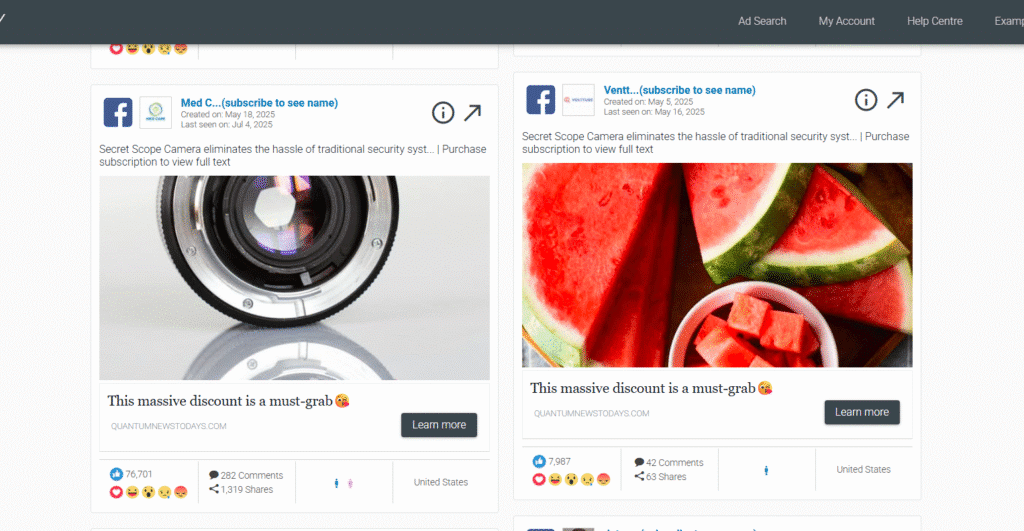
Why Angles Can Make or Break Your Affiliate Campaign
Angles are critical because…
The average person sees a flood of ads every single day—and when yours shows up, their mind is already full of noise and distractions.
That’s why great angles are often called “pattern interrupters.”
Someone’s mindlessly scrolling through Facebook—and then your ad hits. It’s different. It’s unexpected. And for a moment, they stop.
They’re pulled out of autopilot… and suddenly, they’re interested in what you’re offering.
In that sense, strong angles are how we “hook” users into our landing page funnel.
If you zoom out even further, here’s the deeper truth:
People are always searching for a magic trick—a shortcut, a new opportunity to solve their problems.
Stories are one of the fastest, easiest ways for them to understand and emotionally connect with that opportunity.
Now, to be fair—not every campaign needs a high-drama angle.
If you’re promoting something super simple, like an app install, just get to the point and drive the conversion.
But when it comes to verticals like health, beauty, or personal transformation? Angles shine.
That said, don’t limit yourself.
I’ve seen angles work just as well in casino offers, pick-up artist funnels, tactical flashlights—you name it.
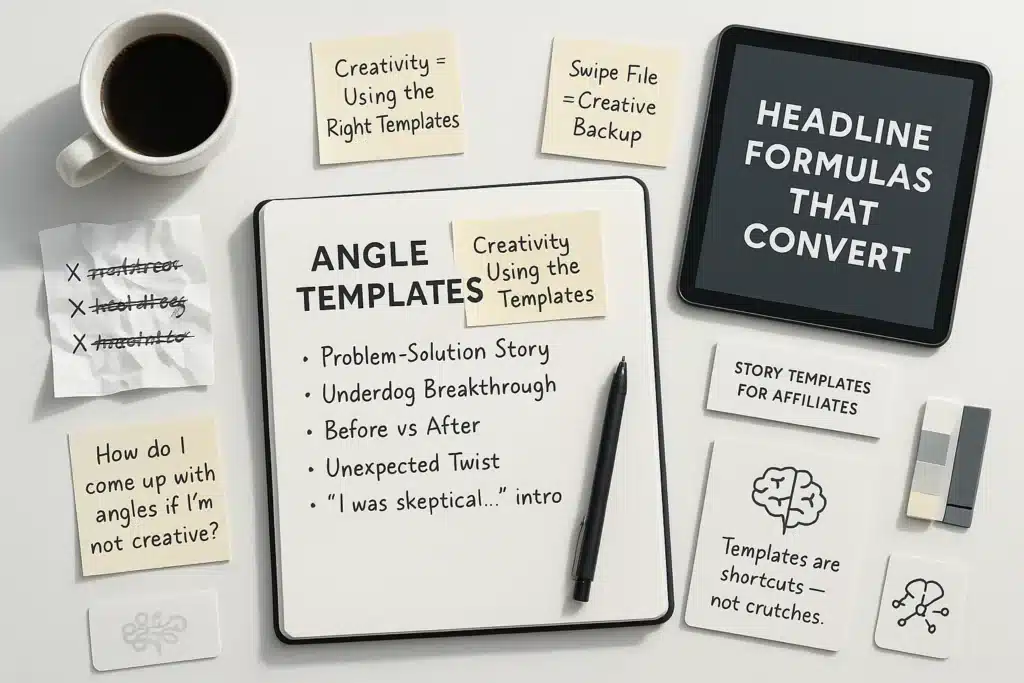
How to Create High-Converting Angles (Even If You’re Not Creative)
I see a lot of affiliates struggle with coming up with strong angles.
“How do I come up with angles if I’m not naturally creative?”
Here’s the shortcut I’ve used—because I realized something important:
There are templates for this.
A template is a broad structure that many different things can fit into.
Think of the “bodybuilder template.”
They always wear muscle-hugging shirts, have deep tans, and slick hair. That’s the visual and behavioral template of a bodybuilder.
Affiliate marketing works the same way.
How do we write high-converting headlines?
When I’m stuck, I use headline formulas. I match them to the offer—and boom, I’ve got a headline that works.
The same applies to angle templates.
The truth is, the same kinds of stories keep popping up across all niches.
They get reused over and over because they work.
These recurring stories are your angle templates.
And once you’re familiar with a few of them, coming up with angles becomes 10x easier.
I’m going to share a few angle templates I’ve seen work again and again over the years.
You should absolutely start building a personal swipe file of templates—it’ll make your creative process much smoother.
Proven Angle Templates That Work Across Niches
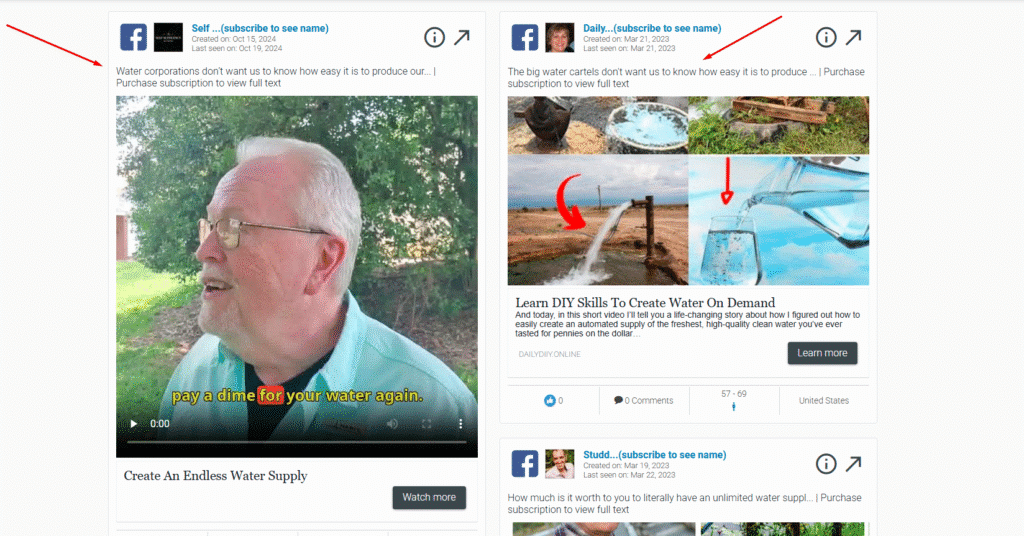
1. The Everyday Person Who Discovers a Hidden Secret the Industry Doesn’t Want You to Know
People love hacks.
A lot of cool stuff out there is ridiculously expensive.
Botox? Pricey.
First-class flights? Pricey.
So when someone finds a clever workaround, people pay attention.
Examples:
- A straight “D” student gets into Harvard using this weird writing trick.
- Don’t spend $500 on pro lighting—this $50 DIY home studio does the job.
- I discovered a $10 hack that makes my car run on water.
- These guys just found an insurance loophole—and now the industry is panicking.
This type of angle taps into curiosity, rebellion, and the thrill of beating the system.
2. Sweet, Sweet Revenge Using Product [X]
Everyone loves a good revenge story.
Let’s say you’re promoting an offer that teaches men how to meet women.
How do you turn that into a revenge angle?
Easy.
- His girlfriend cheated on him because he was a “loser.”
- He bought a pickup artist course and became a total babe magnet.
- Now he’s dating women who are way hotter than she ever was.
That’s not a pitch. That’s a movie.
The product becomes his path to redemption—and domination.
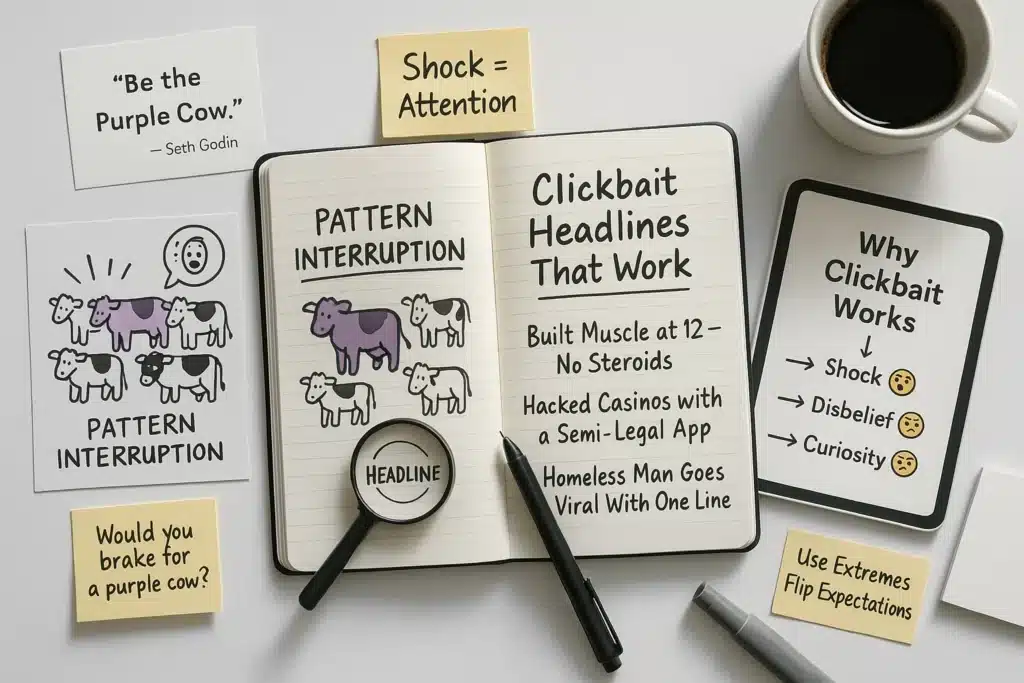
3. The Shock Story — a.k.a. Clickbait
The more extreme something sounds, the more attention it gets.
I learned this from Seth Godin’s Purple Cow.
Imagine driving down the highway. You see a bunch of cows—brown, white, black. Nothing stands out.
But if there was a purple cow? You’d slam the brakes.
That’s what pattern interruption looks like.
People see hundreds of ads every day. If you want to cut through the noise, you have to be different.
One powerful way to do that is with clickbait.
Tell a provocative, curiosity-driven story—and people can’t help but click to learn more.
Some clickbait-style headlines that work:
- How a 12-Year-Old Built Muscle WITHOUT Steroids
- How This Guy Hacked Casinos Using a Barely-Legal App
- Homeless Man Has Women Begging for His Number Using This One Magic Line
Clickbait works because it creates a strong emotional reaction—usually shock, disbelief, or curiosity.
One of my favorite tricks in clickbait copy is using extremes.
For example:
Who’s the least likely guy to succeed with women?
A homeless man.
So when you say even he pulled it off using your product… people assume the product must be insanely powerful.
Final Thoughts
One of the biggest marketing breakthroughs I’ve ever had is this:
People love stories.
Why do TV and movies dominate global culture?
Because our brains are wired to respond to a well-told story.
If you can tell a compelling story, you can sell almost anything.
That’s why—if you want to become a better copywriter—learn to become a better storyteller.

